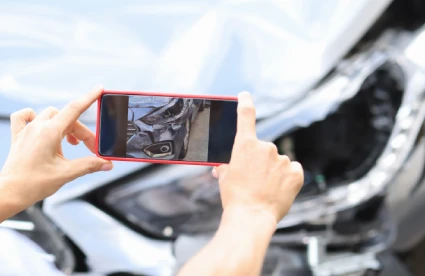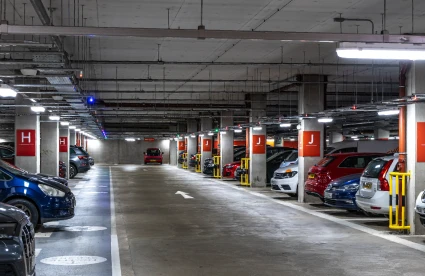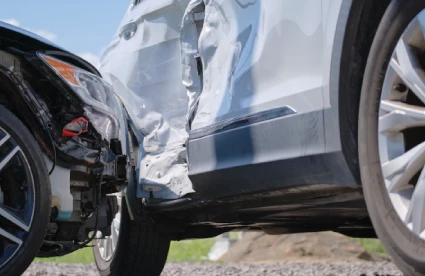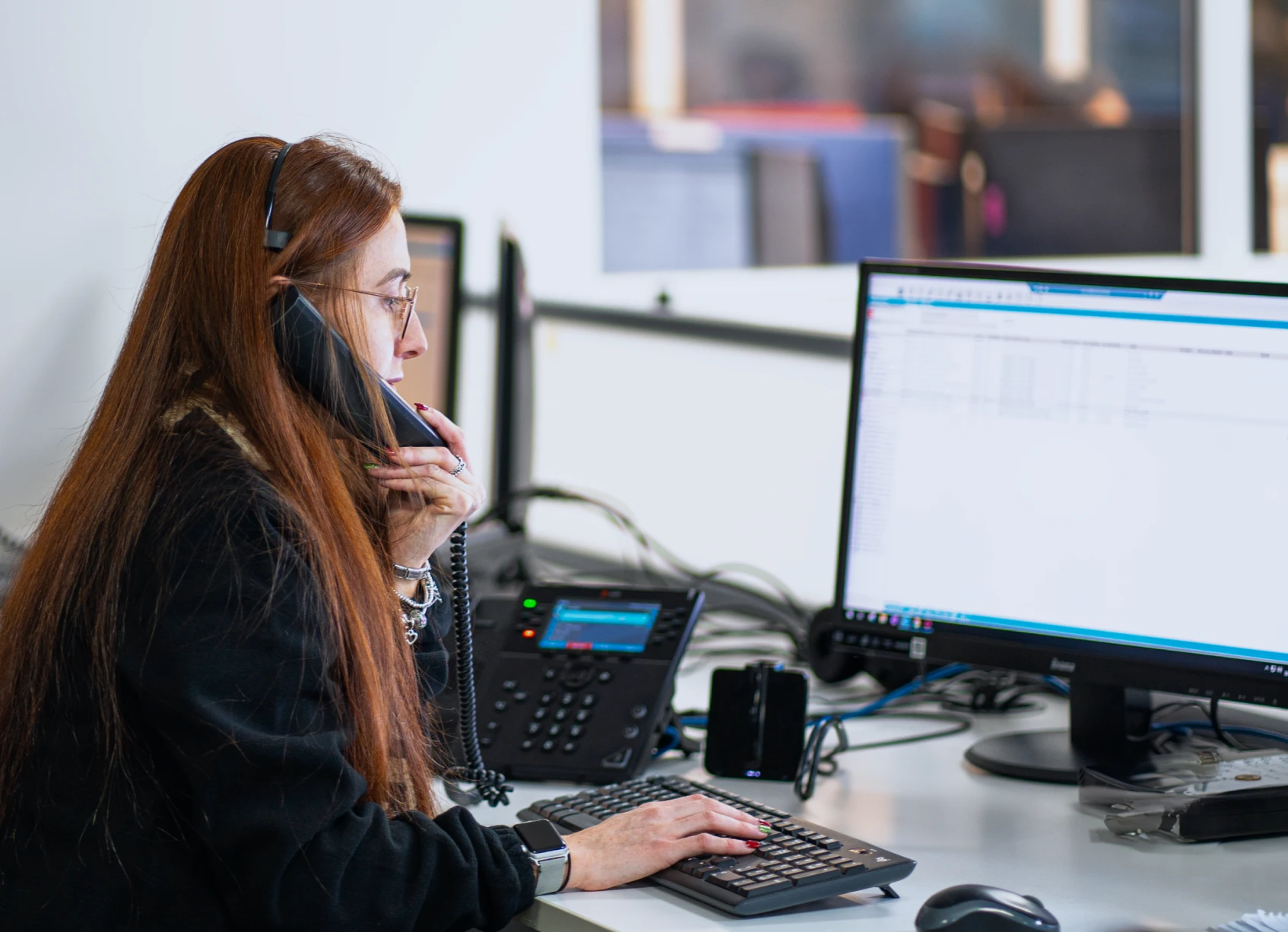Who is at fault in a car accident reversing?
Reversing accidents are one of the most common types of road traffic accidents, where one vehicle collides with another while moving backwards.
In the UK, the reversing driver is generally held at fault for the collision.

Determining fault in a car accident reversing
Straightforward non-fault scenarios
Exceptions to the ‘general rule’
How to prove you weren’t at fault
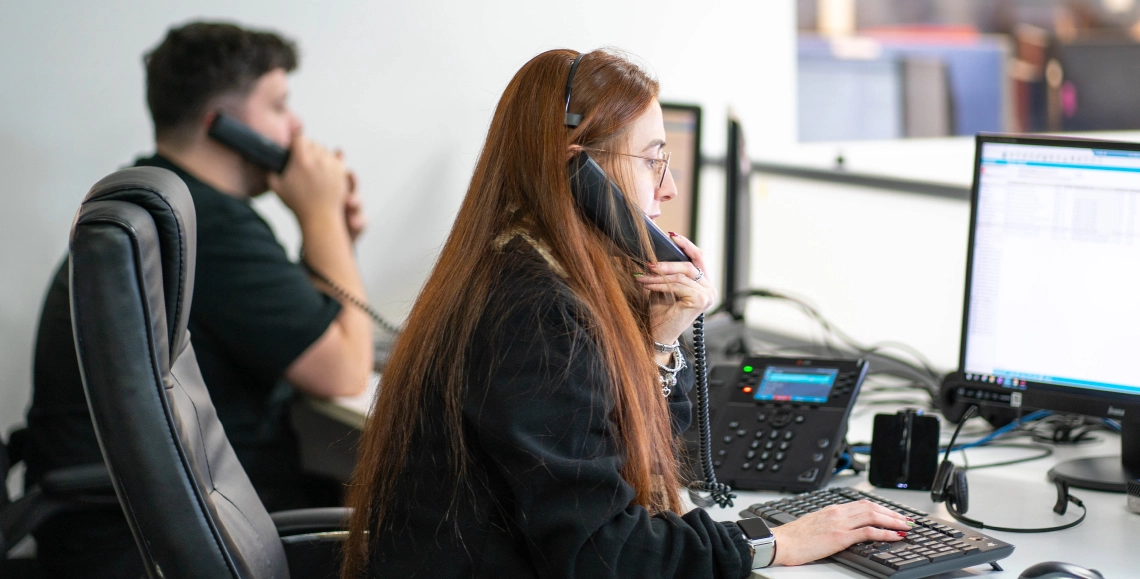

What causes a car accident reversing?
After a car accident reversing accident: your first steps
How Auto Claims Assist can help after a non-fault accident caused by a reversing vehicle
Frequently asked questions (FAQs)
What if the other driver admitted fault at the scene but is now denying it?
What is Contributory Negligence?
Is the reversing driver always at fault?
What if the other driver was also reversing?
Auto Claims Assist
Advice and support when you need it most.
Related articles
/
Request a callback
